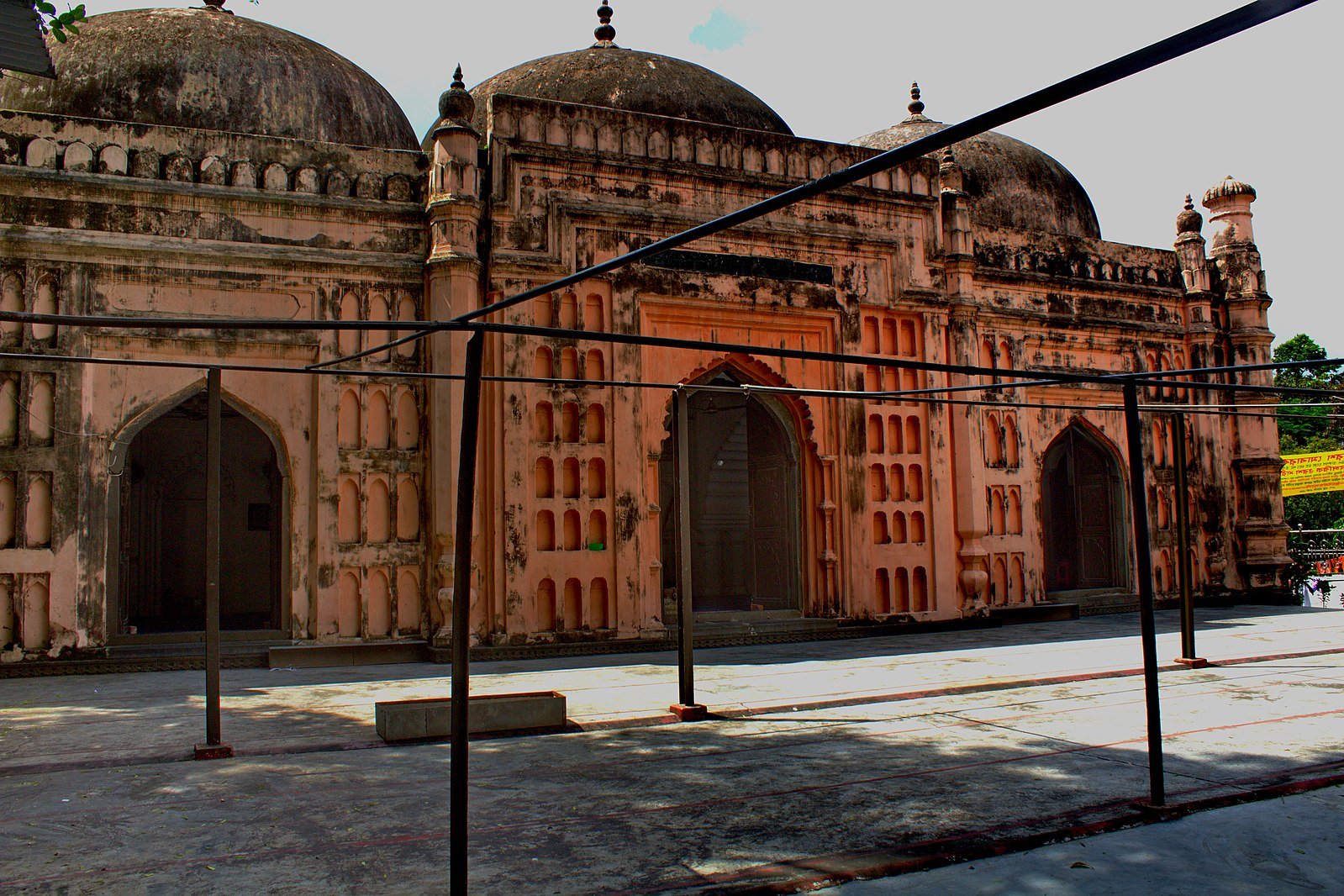Uncovering Vibrant Roots: How Ethnic Tourism in Bangladesh Thrives
Bangladesh is a tapestry of cultures and communities. Across the country more than fifty ethnic minority groups live with unique traditions and languages. (The Business Standard) Within this rich diversity lies an exciting opportunity: ethnic tourism Bangladesh is emerging as a powerful force that supports local livelihoods, preserves culture and invites travellers to explore deeper. In this article we explore key communities, examine data and consider how this model can grow in a sustainable way.
The Rising Value of Ethnic Tourism Bangladesh
Tourism in Bangladesh has long been under-valued compared to neighbours. For example, the sector contributed just about three percent of national GDP in 2025. (New Age) But for ethnic minority areas tourism can bring disproportionately high benefits. Experts note that cultural or ethnic tourism allows travelers “to learn about local people on their land” which offers immersive experience beyond typical beach or city tours.
In the context of Bangladesh, the idea of ethnic tourism Bangladesh means celebrating the lives of communities such as the Chakma people, Marma people, Tripura people, Garo people, among others. These communities capture tourist attention thanks to their culture and location in scenic parts of the country. For instance the Chittagong Hill Tracts have become a focal point. A recent paper shows that tourism offers “seismic role” in those upland zones. (ResearchGate)
By drawing on local culture and nature, ethnic tourism helps diversify Bangladesh’s tourism model away from just beaches and heritage sites. According to one study cultural tourism accounted for 40% of international tourism trips globally and holds strong potential here.
Spotlight on Communities: Real-World Models
Chakma Community in Rangamati
The Chakmas are the largest indigenous group in the Rangamati Hill District in the Chittagong Hill Tracts. (Wikipedia) Here tourism has grown through homestays, handicraft shops and cultural performances geared to visitors. Their weaving traditions, local cuisine and forest-hill landscapes give a unique offering in the ethnic tourism Bangladesh portfolio.
Marma Community in Bandarban
The Marmas are prominently located in Bandarban and surrounding hill areas. According to census data they form 17.5% of Bandarban’s population. (Wikipedia) Their communities have become gateways for trekking, eco-lodges and cultural encounters. Visitors can explore Marma villages, try traditional food or join local festivals. These aspects make them ideal participants in the ethnic tourism Bangladesh story.
Garo, Tripura and Others in Sylhet / Hill Zones
In Sylhet region and other hills you will find the Garos, Tripuras and other ethnic groups. Their craft work, forest borders and village life attract travellers who seek authenticity. A business-news article points out that ethnic minority tourism can create jobs through homestays, guiding and crafts if managed responsibly. (The Business Standard)
Impacts and Opportunities in Ethnic Tourism Bangladesh
Ethnic tourism Bangladesh yields multiple benefits. First, it creates income for local residents. When community members host guests, guide tours or sell handicrafts, they capture value locally. The eco-tourism model also helps in infrastructure development in remote zones: better roads, electricity, phones often arrive when visitor flow increases. (The Business Standard)
Second, it fosters cultural pride and preservation. When tourists show interest in local languages, dress and festivals, community members gain incentive to maintain traditions. One study in Bangladesh noted that cultural tourism enabled residents to “look at their history and community identity”. (rpajournals.com)
Third, it offers diversification. Regions that rely solely on agriculture or extractive industries can add tourism income. Scene-setting in the research shows remote villages gaining from this shift. (ResearchGate)
Yet while promising the framework also carries risk and challenge.
Key Challenges Facing Ethnic Tourism Bangladesh
Though the prospects shine, challenges must be addressed for ethnic tourism Bangladesh to succeed long-term.
Ownership and equity: If outside investors dominate tourism in ethnic areas then local communities may not capture fair share of benefits. A news analysis warns that when ethnic minority communities are not involved in planning, tourism can exploit them. (The Business Standard)
Cultural commodification: Traditions may be performed only for tourists in altered form. Such change can erode authenticity and respect. Studies of cultural tourism in Bangladesh highlight this risk. (rpajournals.com)
Environmental and social strain: Tourist influx can create waste, damage forests, and raise property costs for locals. Infrastructure may not scale well in remote hills or islands. For instance, one micro-level study in Bangladesh highlighted how accommodations, food supply and transport remain uneven in many tourist locations. (bea-bd.org)
Low national tourism baseline: Bangladesh overall earned just $440 million in tourism receipts in 2024 and remains much behind neighbouring countries. This means ethnic tourism has to work harder to stand out and attract meaningful numbers.
Strategies to Foster Ethical Ethnic Tourism Bangladesh
To make ethnic tourism Bangladesh both profitable and sustainable some best practices emerge:
- Community-led management: Local residents should be partners in planning, operations and profit. When they host, guide and craft, ownership stays local.
- Authenticity over spectacle: Encourage experiences that respect and reflect authentic daily lives. Visitors should engage rather than just observe.
- Training and capacity building: Equip locals with skills in hospitality, marketing, guiding, languages and business so they thrive in tourism. As one article notes training is essential for local entrepreneurs. (The Business Standard)
- Environmental safeguards: Tour operations must respect ecological limits and use low-impact infrastructure especially in hill tracts and forest zones.
- Diversified promotion: Rather than only beaches, promote hill, forest, cultural and village tourism zones as part of ethnic tourism Bangladesh. This helps balance seasons and reduce over-concentration.
- Infrastructure with sensitivity: Build access roads, sanitation, electricity, but design in harmony with community life and nature.
When these elements align, ethnic tourism Bangladesh can move from niche to meaningful contributor within the national ecosystem.
The Future Outlook for Ethnic Tourism Bangladesh
Looking ahead ethnic tourism Bangladesh holds growing promise. Global travellers increasingly seek “experiences with meaning” rather than just sightseeing. Bangladesh’s ethnic hubs already offer that contrast. With applicable policies, investment and community focus the next five years can bring deeper growth.
Researchers suggest that when ethnic tourism is ethical and community oriented, it can link cultural preservation with economic uplift. (The Business Standard) Moreover if Bangladesh improves its national tourism infrastructure and safety perception then ethnic tourism can ride the upward wave. Though current national performance is modest the niche advantage is clear.
Hills, forests, villages and crafts across Bangladesh hold stories untold. When tourists come looking for genuine connections, ethnic tourism Bangladesh becomes more than a trend: it becomes a pathway for communities to thrive, traditions to live and travellers to learn.
Making It Work for Your Website Audience
If you are presenting this to readers interested in Bangladeshi travel or social development, highlight how they can visit and support these communities responsibly. Encourage bookings through community-run homestays, ask visitors to respect local customs, and include guides for readers to engage ethically. Showcase specific destinations (for example Chalma village homestay in Rangamati) and illustrate how their stay directly benefits residents.
By weaving in local voices, recent data and actionable tips you build a post that draws traffic, engages readers and drives awareness for ethnic tourism Bangladesh.







